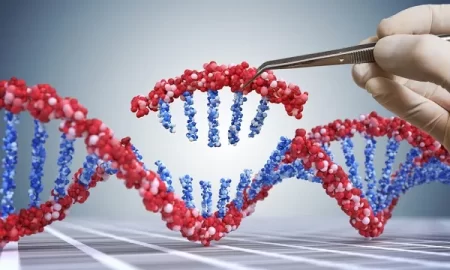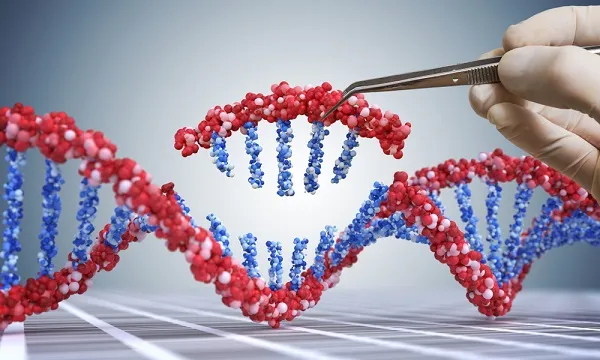We explain Artificial Selection Examples. Artificial selection is a reproductive control technique, through which man can alter the genes of domestic or cultivated organisms, in such a way as to be able to arbitrarily manipulate the characteristics that are inherited. For example: dog breeds such as the Bulldog, the Afghan Shepherd, the Pitbull or the Rottweiler
10 Artificial Selection Examples In Biology.

- The banana, fruit obtained through the process of artificial selection.
- In plants , agronomists only leave the species that have the best color, that is, the most economically profitable populations .
- The selection that the human being makes of some birds , specifically those that suffer from arthritic diseases or torsion of the viscera due to having cavities that are too wide, or those that produce many eggs even though their life span is limited.
- You cross them between the sheep that have the most wool, so that over time their offspring will possess only the selected characteristics.
- Dog breeds such as the Bulldog, the Afghan Shepherd, the Pitbull or the Rottweiler.
- Leafcutter ants, a particular species that produces artificial selection without being human.
- Cauliflower, which is produced from wild mustard.
- Livestock animals, such as dairy cows .
- Corn, from which an edible yield is obtained for the elderly man.
- The Xoloitzcuintle dog, which has physical characteristics that are considered very aesthetically beautiful.
The ethics of artificial selection
Artificial selection is used to improve the health and well-being of the world population or to improve the health and well-being of an individual. However, the benefit or disadvantage of other factors related to the results of artificial selection is often forgotten.
Agricultural ecosystems with crops resistant to pests and mold will, in principle, use fewer pesticides. Introducing genetically modified fish that are less likely to absorb heavy metals in their flesh into the seas can pass these genes on to wild populations and increase the overall reproduction rate of a species.
Artificially selected trees can repopulate forests at a much faster rate. And the possibility of eliminating dengue and malaria through the artificial selection of sterile mosquitoes is less and less fictitious. Artificial selection in microbial ecosystems could even produce a microorganism that it can successfully digest the microplastics that litter the oceans. Therefore, it is obvious that artificial selection has an important place now and in the future.
